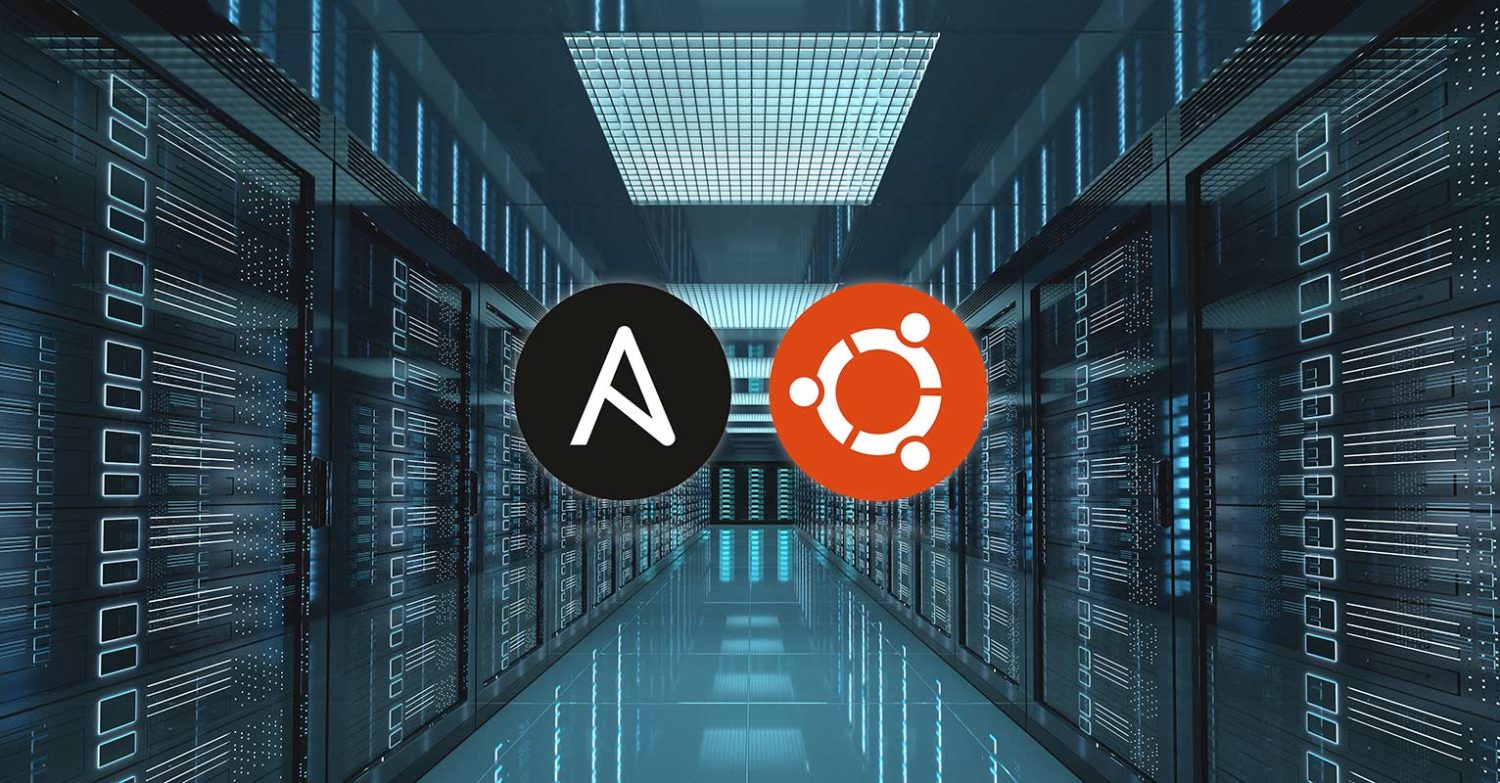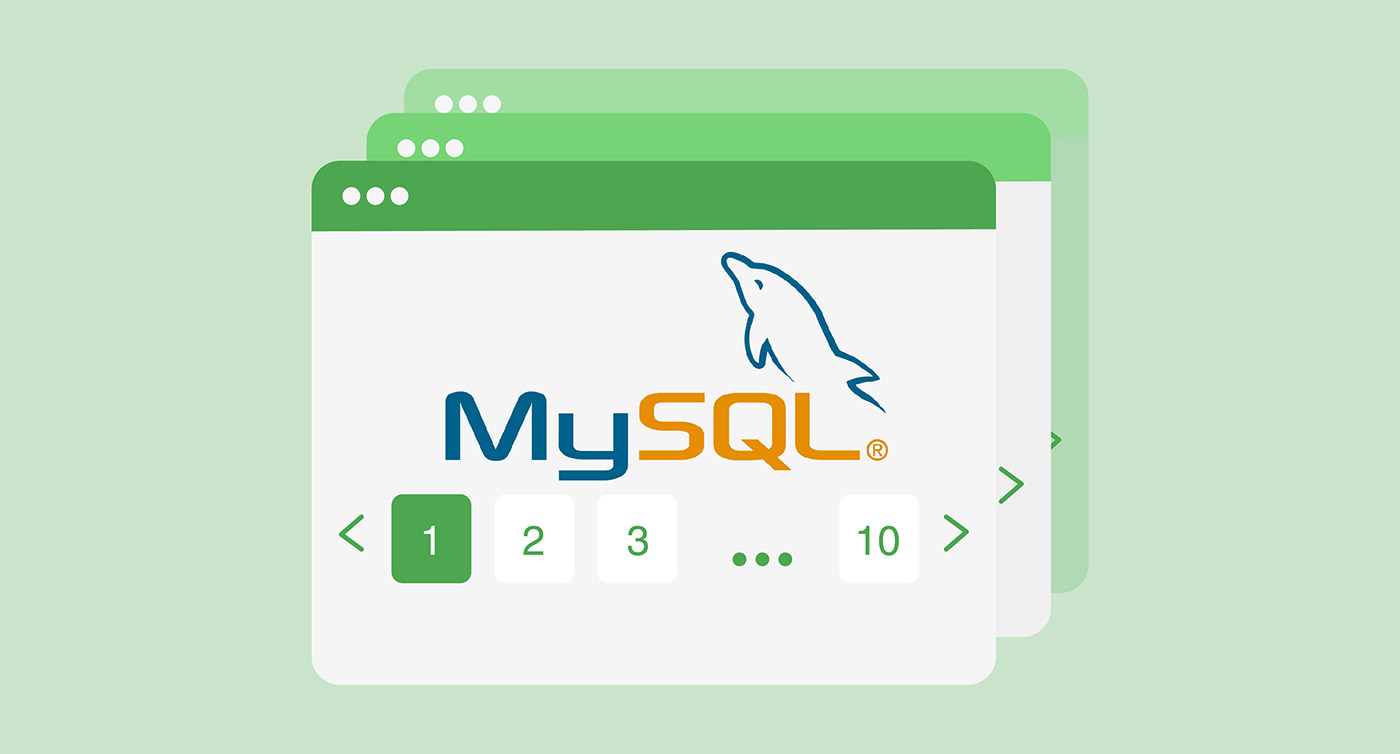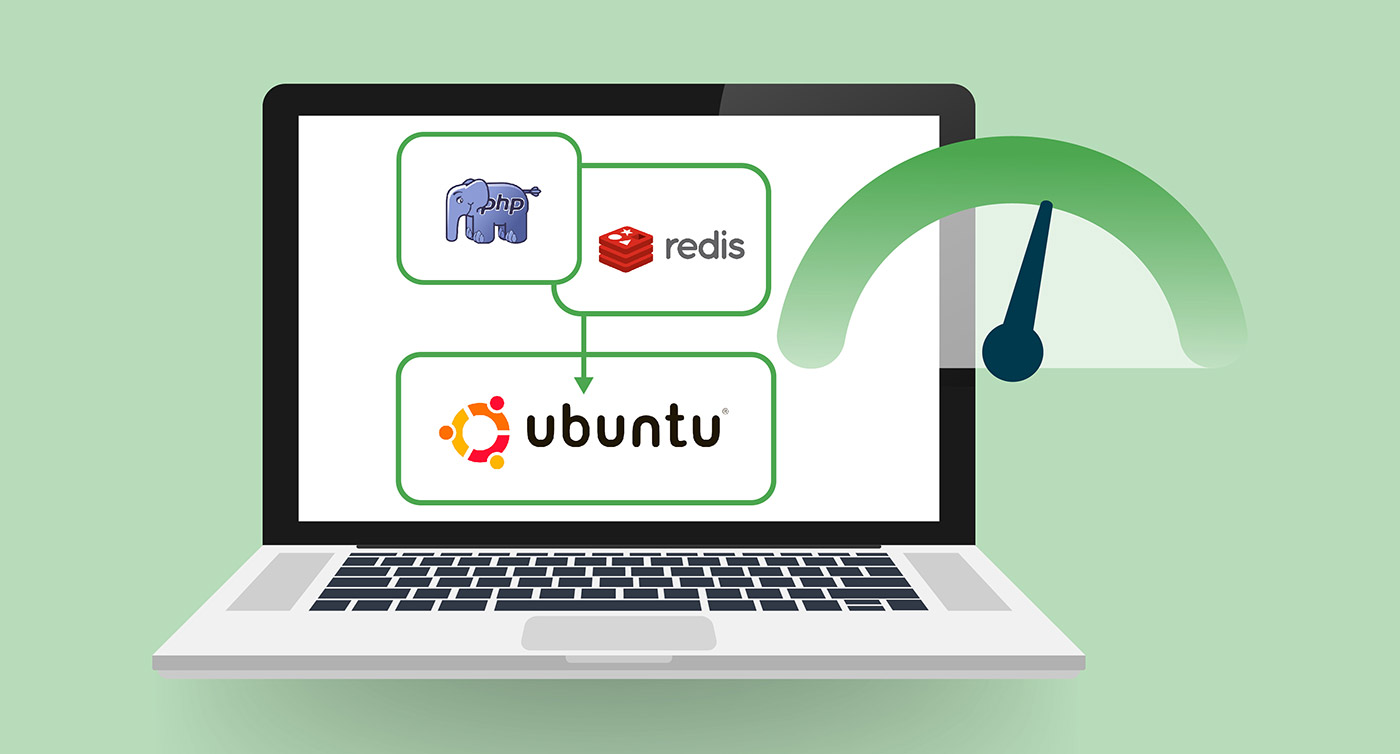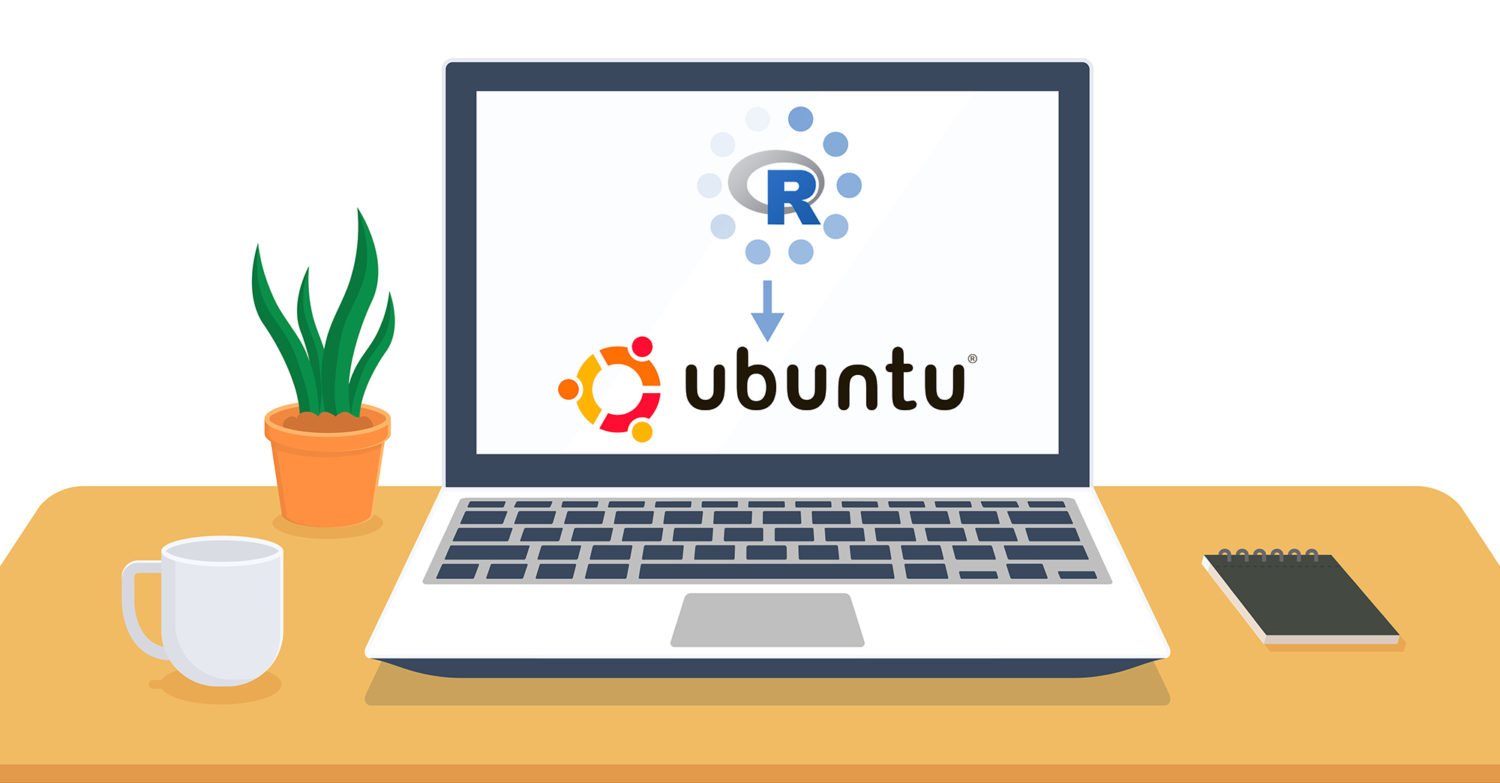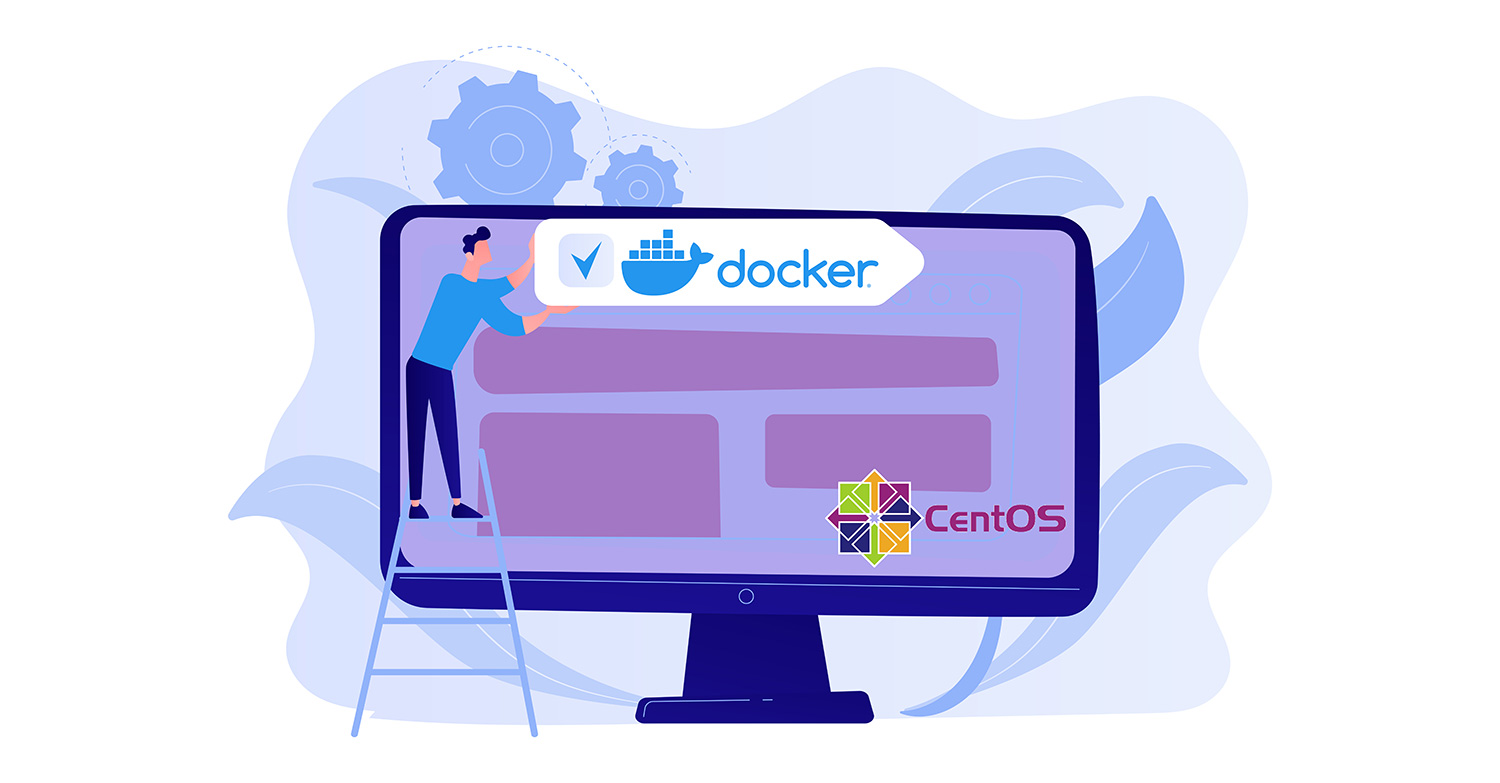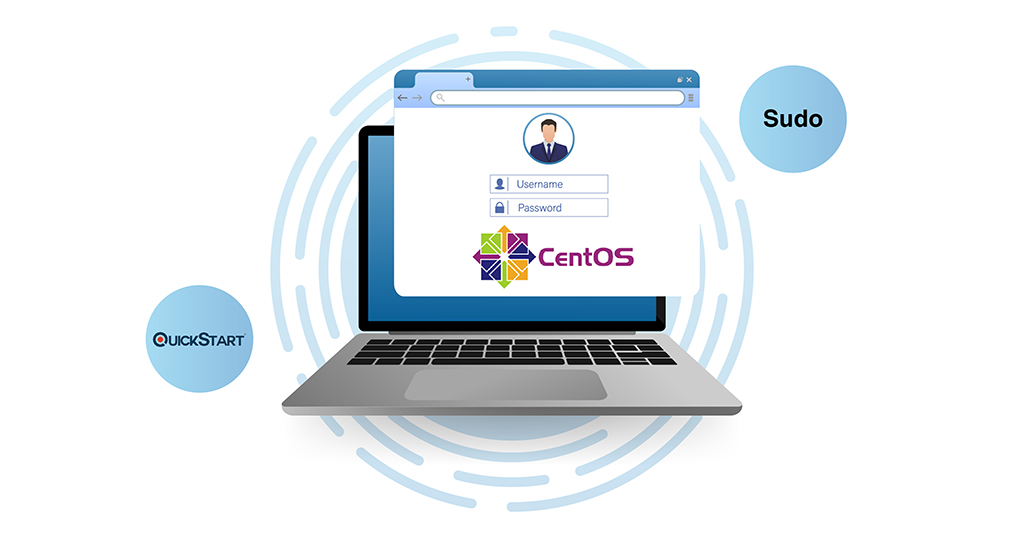Introduction Nowadays, servers need to be created and destroyed very frequently. That’s because, at times, servers get a lot of execution load while at other times the load reduces, hence wasting the system resources. A common example is eCommerce websites during the holiday seasons attracting a lot of traffic. When the nature of the application is to be scalable, there …
Applying Pagination to Display Multiple Records using MySQL with PHP on Ubuntu 20.04
Introduction Pagination is an important concept in building data-driven applications. When pulling out the records from the database, a large number of records may be fetched. For instance, when running the query for active users or users belonging to some specific location, a large number of users in hundreds or even thousands can be returned. Displaying this huge number of …
Implementing PHP Rate Limiting Using Redis on Ubuntu 20.04: A Tutorial
Redis, also called Remote Dictionary Server, is an open-sourced in-memory database. It is a data-structured storage system that runs on a server’s RAM, which is much quicker than the fastest Solid State Drive (SSD). As a result, Redis is very responsive and an excellent fit for rate limiting. Rate limiting restricts the number of times a user may request a …
Installing R on Ubuntu 21.04: A Tutorial
R is a programming language that specializes in working with data. R is free software that supports an extensive catalog of statistical and graphical methods. The list includes various machine learning algorithms, time series, linear regression, and more. It’s used by industry giants like Google, Facebook, Airbnb, Uber, etc. As the description suggests, R is the go-to option when big …
Installing Apache Tomcat 9 on Ubuntu 20.04
Apache Tomcat software is a Java-based HTTP server that can run Java technologies like Java Servlet, JavaServer Pages (JSP), and Java Expression Language. The advanced built-in customization options, high flexibility, and impressive stability make the software highly in-demand and a popular pick among developers globally. Let’s see what makes Apache Tomcat stand out among competitors: Open-Source Apache Tomcat is an …
Installing Docker Compose on CentOS 7
Dockerisation has redefined the deployment and automation process in the software industry. Since its inception, the Docker team has continuously strived to make automated deployment seamless. Containerization technology does not just enable rapid application development and efficiency, but also saves time and strenuous efforts. Unbeatable functionalities such as orchestrating, defining, and running multi-container applications together make Docker a favorite pick …
Creating a Sudo-Enabled User on CentOS 8
Introduction If you are working with CentOS 8, you should know what are the critical commands to use with it. One of these is the sudo command. This command is very useful for creating new users. With the sudo command, you can grant certain users special administrative privileges. Typically, these privileges are only accessible to the root user. If you …
How to Reset MariaDB or MySQL Root Password
MySQL is one of the most popular database systems out there. It’s an open-source relational database management system that follows a client-server model. MySQL is at the core of many of the online services we enjoy on a regular basis. MariaDB is a community-developed fork of MySQL that enjoys commercial support. In the MySQL ecosystem, root is the default user …
Configuring the Linux Sudoers File
Introduction Do you ever wonder why you must type “sudo” while trying to execute certain commands in a Linux or Unix Operating System environment? Sudo is actually an abbreviation, standing for “super-user do”. When you use the sudo command, you can run programs and execute commands with the security privileges of another user. By default, the sudo command allows system …


